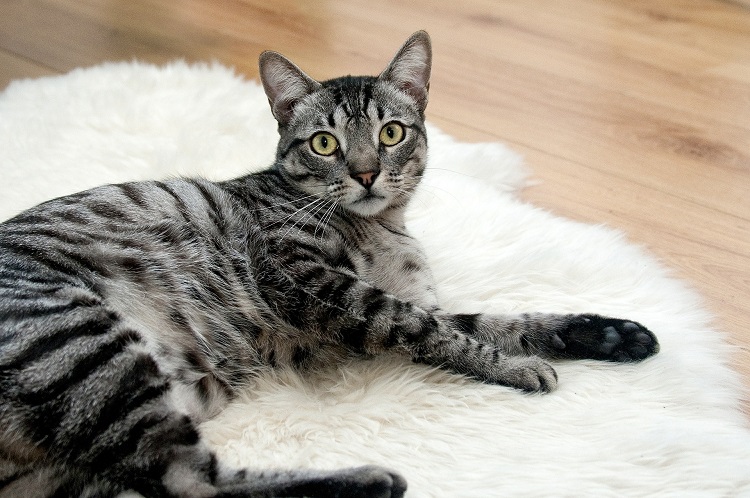Cats In Spain

In the bustling streets of Spain, among the vibrant culture, rich history, and delicious cuisine, there’s another enchanting element that often steals the spotlight—the ubiquitous presence of cats. These furry companions have seamlessly integrated themselves into the fabric of Spanish life, embodying both charm and mystery as they roam the alleys, squares, and parks of this picturesque country.
The relationship between Spaniards and cats dates back centuries, intertwining with various aspects of Spanish culture and folklore. From the majestic streets of Madrid to the sun-soaked shores of Barcelona, these feline friends are not just pets; they’re revered as symbols of good fortune, guardians of historical sites, and cherished members of the community.
One of the most iconic manifestations of Spain’s love for cats is evident in its abundant population of street cats. Wander through any Spanish city, and you’re likely to encounter these independent creatures lounging on cobblestone streets or perched atop ancient walls. Unlike stray cats in many other places, these felines are often well-fed and cared for by locals who leave out food and water, embodying Spain’s spirit of hospitality and compassion.
In addition to their presence in urban environments, cats have also found their way into the heart of Spanish folklore. Tales of mystical cats, known as “gatos de brujas” or witch cats, abound in Spanish mythology. These magical beings are said to possess supernatural abilities and are often depicted as companions to witches or guardians of hidden treasures. The allure of these enchanting stories has further cemented the cat’s place in Spanish culture, adding an air of mystery and intrigue to their already captivating presence.
Table of Contents
ToggleAmbiance
Moreover, cats have also become synonymous with Spain’s historical landmarks and architectural wonders. From the ancient streets of Toledo to the majestic Alhambra in Granada, these feline inhabitants can be found lounging amidst centuries-old ruins and ornate palaces. Far from being pests, they are regarded as custodians of these historic sites, adding to the ambiance and allure of Spain’s cultural heritage.
Contribution
Beyond their cultural significance, cats play a practical role in Spanish society as well. As natural hunters, they help control the population of rodents and pests, particularly in rural areas where agriculture is prevalent. Their presence serves as a natural form of pest control, helping to protect crops and maintain ecological balance—a contribution that is both valued and appreciated by farmers and residents alike.
Empathy
In recent years, there has been a growing awareness of the importance of caring for Spain’s feline population. Animal welfare organizations and volunteer groups have been actively working to provide medical care, spaying and neutering services, and adoption programs for stray and abandoned cats. These efforts reflect a broader shift towards promoting responsible pet ownership and ensuring the well-being of all animals, further solidifying Spain’s reputation as a nation that values compassion and empathy towards its furry inhabitants.
Conclusion
Cats hold a special place in the heart of Spain, serving as both symbols of tradition and agents of change in this dynamic and diverse country. From their mystical presence in folklore to their practical role in everyday life, these enigmatic creatures embody the essence of Spanish culture, adding warmth, charm, and a touch of magic to the tapestry of Spanish society. So the next time you find yourself strolling through the enchanting streets of Spain, take a moment to appreciate the silent companionship of these beloved feline friends—they’re not just cats; they’re an integral part of what makes Spain truly special.





